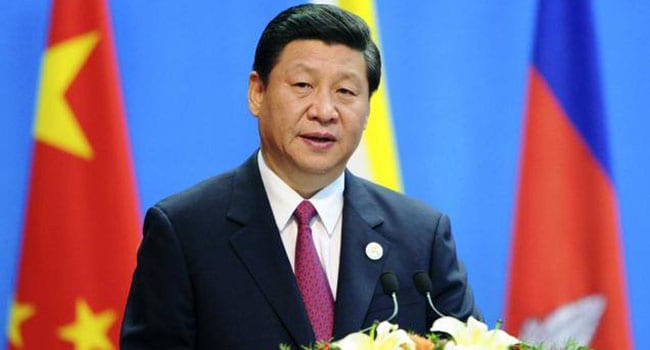 With the major stakeholders – Saudi Arabia, Russia and the United States – emerging badly bruised from the last round of the crude oil price war, a new world order is set to emerge.
With the major stakeholders – Saudi Arabia, Russia and the United States – emerging badly bruised from the last round of the crude oil price war, a new world order is set to emerge.
The cost of the battle has been immense to all three.
In April, as the battle erupted, the value of Saudi oil exports plummeted by 65.4 per cent, or by US$12 billion. In order to generate resources, the allowances of public servants were slashed and the country’s value-added tax (VAT) was tripled. In addition, Saudi Aramco, the state oil giant, announced a cut in capital expenditures from US$35 billion or US$40 billion to US$25 billion to $US30 billion.
The Saudi government also increased its debt ceiling from 30 per cent to 50 per cent of gross domestic product, while expenditures were cut by five per cent.
Russia was no different. The ruble dropped by over 30 per cent between the start of 2020 and March 18. The Russian government earlier forecast a surplus of 930 billion rubles (US$11.4 billion) but now projects a budgetary deficit this year.
The U.S. presents a similar story. The active tight oil or shale rig count has fallen by 69 per cent – from 539 in mid-March to 165 early June. Tight oil production, the backbone of the U.S. emergence as major oil power in recent years, appears set to decline by 50 per cent by this time next year.
Faced with a wave of shale-oil-exploration bankruptcies, U.S. oil production is set to fall to less than eight million barrels per day (bpd) by mid-2021, from 13 million bpd earlier this year.
So far this year, more than 20 U.S. energy companies with more than US$50 million in liabilities have filed for bankruptcies, according to Bloomberg.
From all this debris, China emerges as a clear winner. With crude prices on the mat, China kept filling its strategic reserves. “China is moving forward with plans to buy up oil for its emergency reserves after an epic price crash,” Bloomberg reported in early April.
In order to buy as much as it can, the Chinese government planned to use commercial storage space as well, encouraging the private sector to fill their tanks with cheap gas, Bloomberg reported.
“The initial target is to hold government stockpiles equivalent to 90 days of net imports, which could eventually be expanded to as much as 180 days when including commercial reserves,” Bloomberg added.
China has stored so much oil that it could halt all oil imports and get by just fine for a while.
So Russian President Vladimir Putin and Saudi Prince Mohammed bin Salman need to stay in the good graces of Chinese President Xi Jinping.
This has global consequences, including for the United States, according to energy analyst Ellen R. Wald.
Russia and Saudi Arabia need sales to China. But thanks to a huge inventory, China doesn’t really need to purchase from either of of them. “China can simply turn the import taps off to make things extremely uncomfortable for Saudi Arabia and Russia,” reported Oilprice.com.
The struggle among the producers for a bigger share of China’s pie has left the Chinese in a unique position to “dictate conditions,” says Bloomberg columnist Clara Ferreira Marques.
On the broader stage, the oil market also make it difficult for Russia or Saudi Arabia to oppose China on any issue. And this carries immense geopolitical weight.
Dictated by oil dynamics, a new world order seems in the making.
Toronto-based Rashid Husain Syed is a respected energy and political analyst. The Middle East is his area of focus. As well as writing for major local and global newspapers, Rashid is also a regular speaker at major international conferences. He has been asked to provide his perspective on global energy issues by both the Department of Energy in Washington and the International Energy Agency in Paris.
The views, opinions and positions expressed by columnists and contributors are the author’s alone. They do not inherently or expressly reflect the views, opinions and/or positions of our publication.


